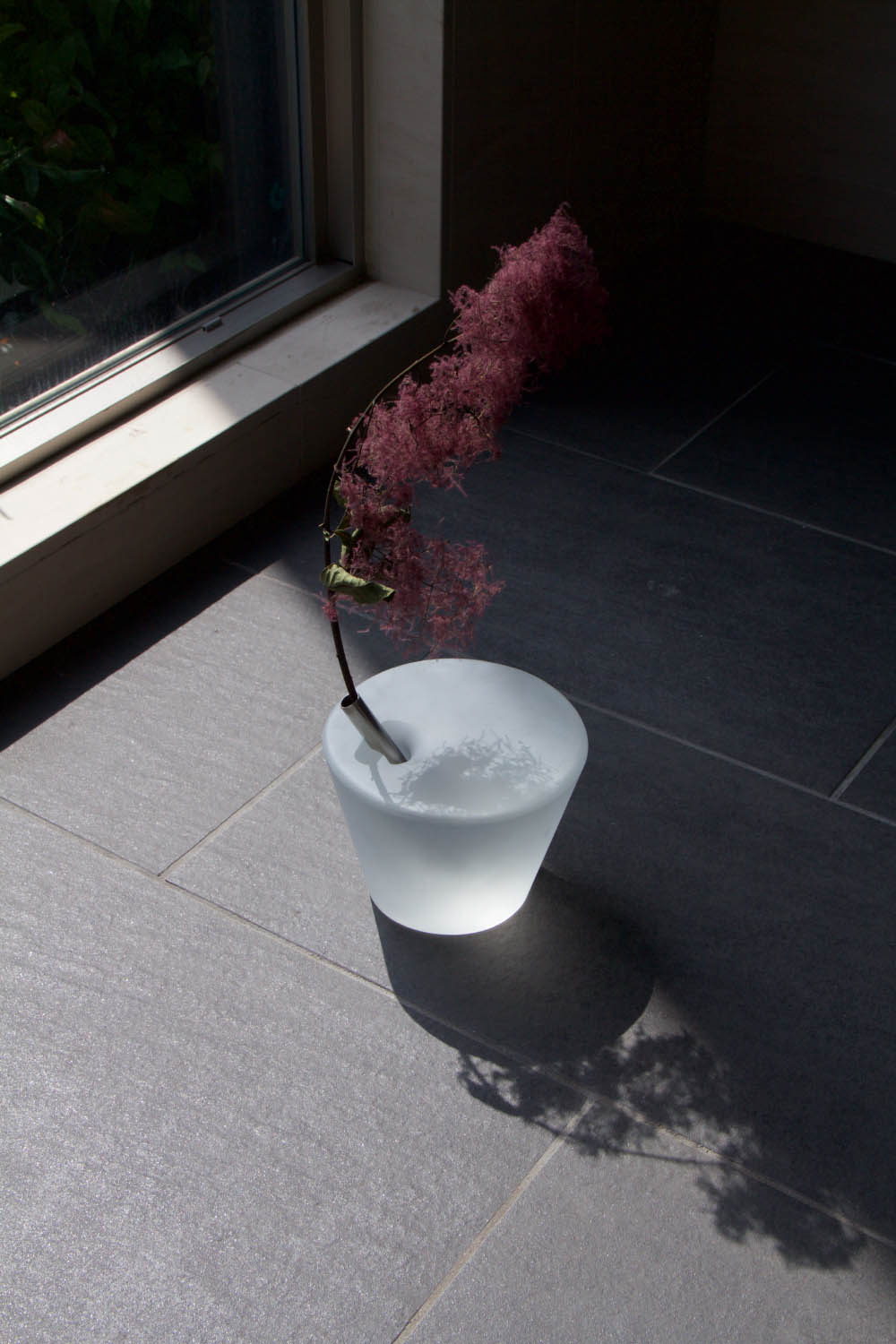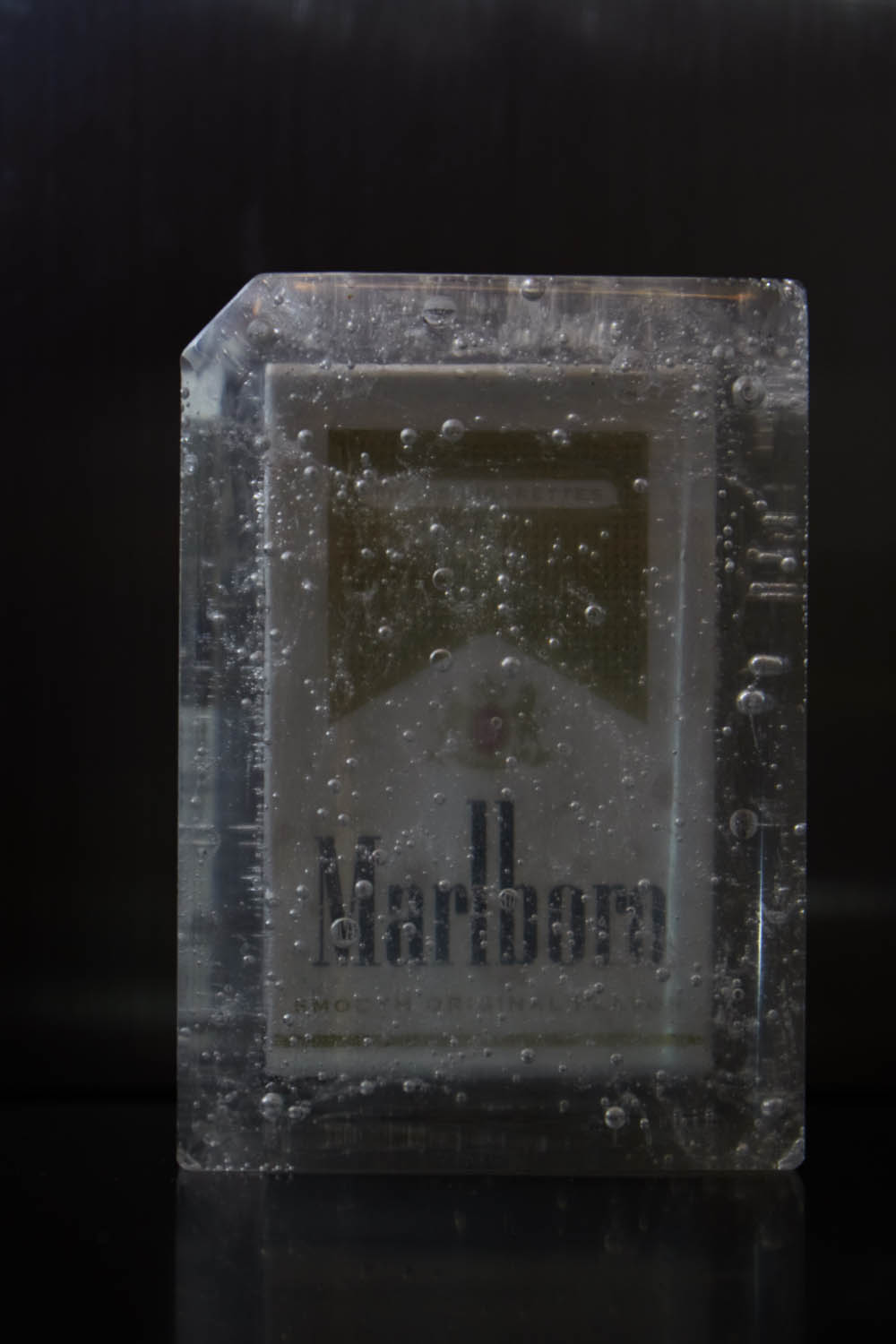Yuki Nakajo
Japanese artist Yuki Nakajo challenges the everyday within her upcoming exhibition at SO1 Gallery in Tokyo. Here are some of her thoughts.
Yuki, you have an upcoming exhibition that wishes to show ordinary objects differently. Why are you interested in having the ordinary be exhibited in another light?
When I decided to hold my first solo exhibition in Tokyo, I wanted to showcase the ideas that naturally flowed inside of me. In my opinion, to publicly display my work is to expose my innermost thoughts to the rest of the world. The power possessed by objects exhibited at museums. The moment that something considered mundane and ordinary is perceived as unique. These are the ideas that intrigued me and compelled me to showcase my work as an artist. In this exhibition, my work focuses on shedding a new light on everyday items through the use of auditory, visual, and tactile filters born from day-to-day life.
Why do you find ordinary things unique? Is it simply because they are ordinary?
I regard materials that are used to everyday life as materials. Based on the materials, I value the procedure of creating works with my own ideas.
With this exhibition, is there something in particular you want your audience to think about?
What is the boundary between daily life and extraordinary life? I would like everyone to feel this question through my exhibition space.
The press release mentions that these objects are insignificant because they take part of our daily life. Like food. I guess I would define that as the opposite, as essential. Why do you think they are mostly perceived as ordinary? Because we generally don’t spend time realizing/contemplating them? So much that they have become invisible?
I think that the idea of esign is created from things, and things used everyday. No special talent or skill is necessary to conceive them. The design which was made when pointing consciousness daily, that change from daily things to unique one, this process is creating the design. In other words, I think that things that are not conscious of the existence of design itself are the everyday.
Can you develop this idea further, of things being not aware of their existence as design?
First of all, we define the theme by words, read understand, analyze and create a work. I deeply learned this technique at the university. With the analytical power and the idea that we learned, analyze against what has not been recognized yet. Thinking that we can develop the design more by raising a big perspective, I’m challenging the every day.
SO1 Gallery on Harajuku Exhibition
Opening: Saturday, December 2, 2017 5pm-10 pm
Sunday, December 3, 2017 11am-9pm
SO1 6-14-15, Jingumae, Shibuya-ku, Tokyo, 150-0001, Japan
Images courtesy of YUJI NAKAJO
interview LARA KONRAD
What to read next










